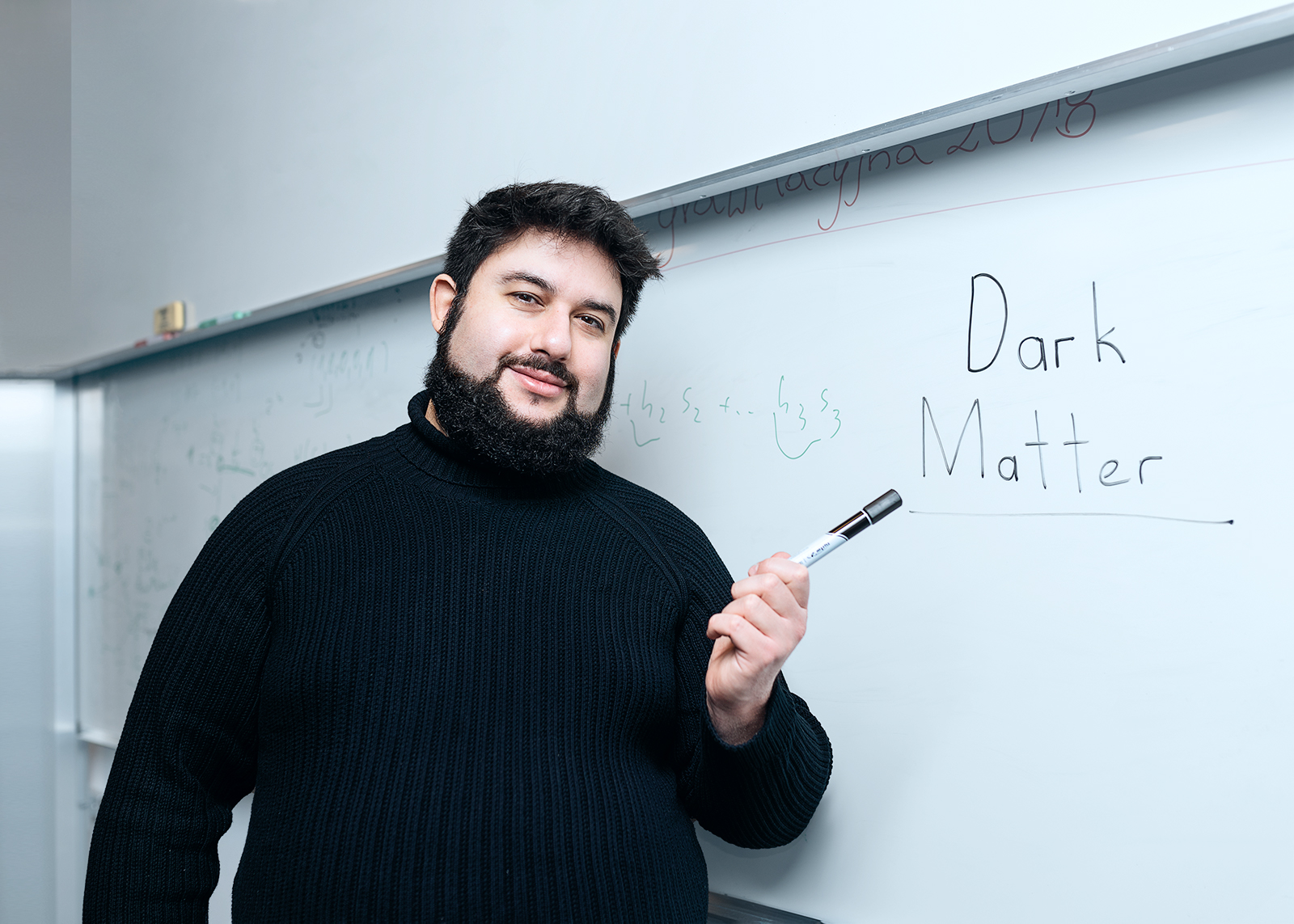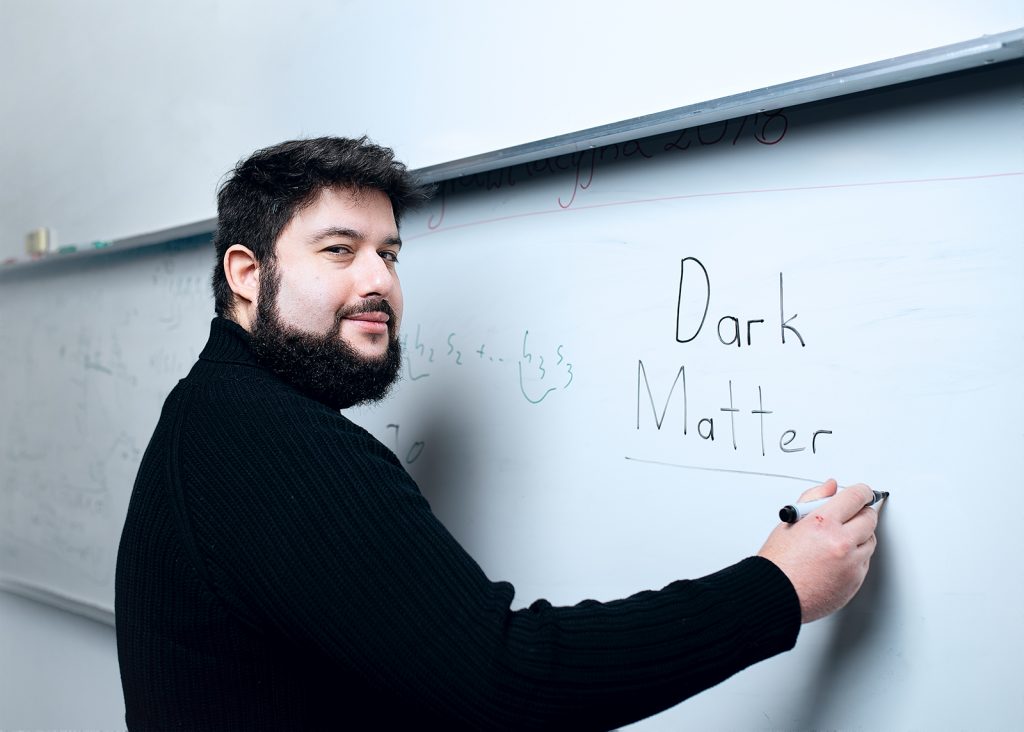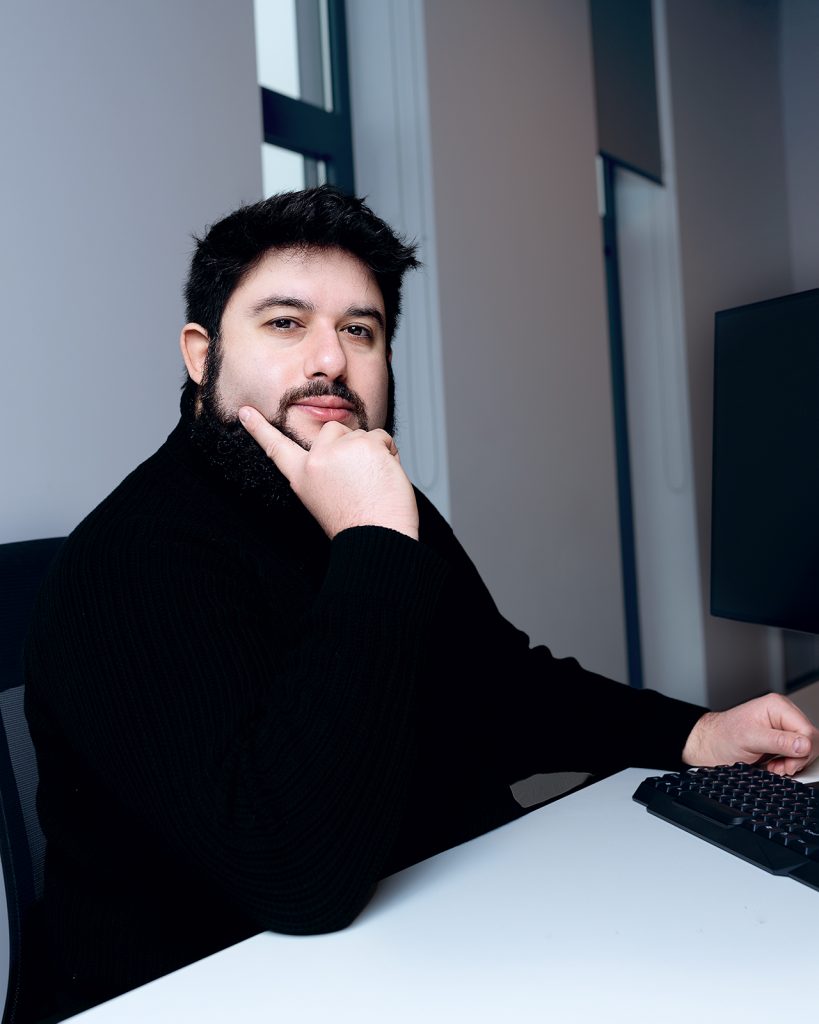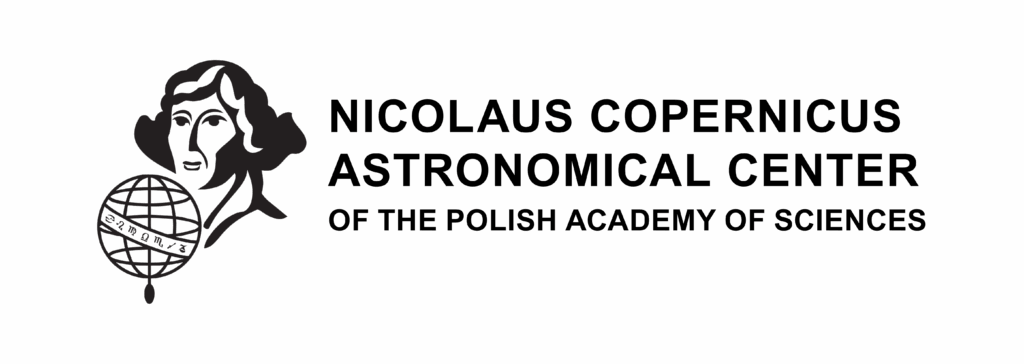Dr. Сenk Türkoğlu, AstroCeNT postdoctoral researcher at “SiPM Systems for Astronomical Physics and Medical Physics” Group, told us about his road to astrophysics, working experience in Turkey, Austria and the UK, the importance of teamwork in scientific experiments, and his current involvement in AstroCeNT project in Poland.
Cenk, the first question is about dreams… Do children dream of becoming astroparticle physicists? Or does it only apply to astronauts?
When I was a kid, I was always changing my mind about who I wanted to be, probably like every child, but there was always one constant: I wanted to invent stuff, like superheroes… I dreamed of being like Batman with his gadgets (laughing). This allowed me to show interest in science in general, although at that time I didn’t even know the difference between the fields of science like biology, physics, chemistry… But I actually liked all of them.
Perhaps this desire to become a superhero helped you in your studies…
You know, when I was in high school I was almost failing physics in my first year. It is really funny now. But that time I thought: “Ok, I can’t fail at anything…” Because of this, I began to study physics intensively. And in the meantime, I understood that I really like it, because physics is the most basic stuff we are dealing with. After the university entry exams, I got to my favorite school that I had in mind. This is how my story of physics in general began.
How did this story lead to astroparticle physics?
Astroparticle physics started during my master’s. During my bachelor’s, I was working on condensed matter physics. I was specifically working inside this field doing research on developing solar cells. At that time, I met a professor, Prof Bilge Demirköz, who came from abroad one year ago where she used to work in the ATLAS (A Toroidal LHC ApparatuS) experiment. ATLAS is one of the particle detector experiments at the Large Hadron Collider (LHC) at CERN. The experiment is designed to observe phenomena that involve highly massive particles which were not observed earlier. When she came to my university in Ankara, she was working on an experiment called AMS-02 which is a space-based particle experiment.
“…In particle physics, you are actually working as a team — a big collaboration of people. You need to have good teammates and good communication to be able to make better progress.”
Tell us a bit about this experiment.
Imagine a very small version of a big particle detector like the ones at CERN, but imagine placing it on top of the International Space Station (ISS). It has been gathering data of cosmic rays that are coming from outer space. One of the aims of this experiment, maybe the biggest one, is to find a signal of the long-theorised dark matter particle. My professor wanted to get some students to continue working on this.
At the time I started working, the detector had just started collecting data, and people had just begun analysing this data. That’s how both my astroparticle physics experience, as well as my interest in dark matter started. Also, there were a few more students along with me. We had a really nice team there. We learned many things together and we supported each other during that time.
After defending your master’s thesis, you moved to…
A few months before I defended my master’s thesis I was applying to some institutions all over Europe for a PhD position, and I was called for an interview with the Institute of High Energy Physics (HEPHY) in Vienna, Austria. It included a research project along with a PhD position at the Technical University of Vienna. I went there for an interview and a week later, my PhD supervisor and the head of HEPHY Prof Dr Jochen Schieck offered me the position. I gladly accepted it, because I really liked the team there. We especially got along with my co-advisor Dr Holger Kluck, who I learnt many things from during the time of my PhD. Even though you are working on a PhD or a master’s yourself, especially in particle physics, you are actually working as a team — a big collaboration of people. You need to have good teammates and good communication to be able to make better progress.
What was the next step?
After Vienna, I moved to Brighton, UK to work at the University of Sussex as a postdoctoral researcher. That was my first postdoc which lasted a year. I worked on two different projects. In one of them we were trying to develop some experimental methods to be able to detect lead contamination in water and, possibly, food as well, because it is actually a health risk and in some developing countries this is not taken as seriously as it should be. I’ve left this project for now, but I heard that they are actually working on a mobile phone app that lets you do measurement using your phone. It is pretty important, because people can talk to their governments about problems in their area after they do measurements in their tap water using their mobile phones, and the governments can take precautions against this.
What was the second project?
It was related to something called wavelength shifters (WLS), and it is probably the reason why I am sitting here right now. My boss at the University of Brighton, Prof Simon Peeters, wanted to test an aspect of wavelength shifters connected with direct dark matter search experiments (like DEAP-3600). In such experiments we use a noble element liquid, such as argon or xenon, as the detector medium that could be in amounts of tons. According to our calculations, we expect dark matter particles to hit this detector medium, and when they hit it, this will create signals, for example ultraviolet light. Our photosensors are not sensitive to deep ultraviolet light, but they are sensitive to optical light that we see. So, we use WLS that absorbs ultraviolet light and then gives out visible light.
My boss at Sussex wanted me to start working on the DarkSide experiment which I am working on right now. For that reason, he sent me to one of the DarkSide collaboration meetings in June 2019. It was a week full of talks regarding different aspects of the experiment. And I saw one person giving a talk regarding WLSs and his research on this. The most well-known WLS is a material called TPB, and this is what I was trying to test at Sussex. But this person I saw was talking about an additional WLS that he was trying out for some time and had a lot of success with it. He was trying to convince the DarkSide collaboration to use this novel WLS named PEN instead of TPB.
I went to talk to this person and asked several questions to get more information on how this PEN material works. Then, when I was back at Sussex I asked my boss if we could try this material, as well. He was pretty enthusiastic about it, so I emailed that person from the meeting to ask a few more things. He was really excited about what I was going to do with my research and was very helpful. And this person is my current boss — Dr Marcin Kuźniak.
So, what are you doing now at AstroCeNT?
I am working on the DarkSide experiment. The DarkSide collaboration is an international affiliation of universities and labs seeking to directly detect dark matter. The collaboration is building and operating a series of liquid argon-based experiments that are employed at the Gran Sasso National Laboratory in Assergi, Italy. Last version had 50 kilograms of liquid argon used as a detector medium. Now, we are designing one which has 50 tonnes. A big upgrade! And it also employs the wavelength shifters. The default idea was to use the TPB, butsince PEN s cheaper and much easier to handle, we will now use it instead in a large fraction of the detector. And since we have a pandemic situation right now, the fact that it requires much less work is another advantage.
How are you planning to test this material outside of the detector?
We have applied the PEN material in an already existing DarkSide simulation code andgot numerical results that could be compared. As scientists we are not convinced easily as to which way is better or which way is easier… We need to have numbers. Numbers are important. They give you an actual understanding of what you can expect. Especially if you are doing very precise measurements like the ones in particle physics experiments.
“As scientists we are not easily convinced as to which way is better or which way is easier… We need to have numbers. Numbers are important. They give you an actual understanding of what you can expect.”
Am I right that most of the work in searching for dark matter is done on the computer?
So far, 99 percent of my job has been writing code. The simulation of the DarkSide experiment continues, and I’m mostly working on it. Due to the pandemic, and also due to the limited time frame of my work, this has been my only focus but, in the future, I will be doing more lab work and also analysing data, which is again behind a computer.
What did you do at the laboratory?
We assembled some parts for a small experimental setup that was made at AstroCeNT named 2 Parallel Argon Chambers (2PAC), and sent it to Italy. This setup included two metal tube-like structures — one with TPB and one with PEN. We made an experimental comparison between them at the temperature which the DarkSide experiment will be working at in order to understand the performance differences between both materials.
Have you been at the detector?
Not close to the DarkSIde setup but at the LNGS laboratory where it is carried out, yes, many times because of another direct dark matter search experiment named CRESST that I was working on for my PhD. Many different experiments are going on there — mostly about dark matter and neutrinos. It is really fun to be there!
What does it look like? How do you feel there?
Cold! There is a tunnel in the mountains that is 10 kilometers long, and there is nearly total darkness except for some lights placed for traffic. In the middle of this tunnel, there is a very large metal door on the side. So, you go inside there, move through and find yourself in the laboratory. Seeing all this equipment and all those experimental setups is really fun. I also worked in a clean-room for an experiment that I used to work at in my PhD. It was great to see the real details of the experiment that I was planning to write my PhD thesis on.
Some words about Poland. Was it the right choice for you?
Definitely. It was difficult for a few reasons. Moving is always stressful. Moving from one country to another is extra stressful. Finding accommodation, some transportation company to get your stuff, visa application… Thousands of things to do. This stress was multiplied due to the pandemic. I wanted to come here and start at the beginning of May but due to pandemic restrictions that were put on the flights, I was only able to come to Poland on 1st of July. That was a really stressful time. Also, my partner is in the UK, and I had to come to Poland without her as she is doing her PhD there, so we continue our relationship in long-distance now. Especially in the time of the pandemic, it is extra difficult to keep in contact with your loved ones as travel is disrupted. But I came here and started working.
How is working at AstroСeNT for you?
I am really happy to work in the group led by Dr Marcin Kuźniak. I have learnt many things from him since I started working, and I hope that we will do some great work together. Also, the other people working at AstroСeNT have been really helpful and nice. So far, I have had a great time in Poland. However, due to the pandemic, I haven’t been able to go out and learn about the city and get to do things — I was basically staying between work and home. And I have been working from home for a long time but now I will try to visit different parts of Warsaw and different parts of Poland.
What are your plans for your future scientific career?
So far, my contract is for two years, half of which is already finished. There might be an extension for another year. So hopefully I will stay here for another year. Then I want to write a project of my own and lead it. Maybe it will be here, in Poland, if that will be possible. After that, I would like to apply for habilitation because that’s what I dream of — becoming a professor and working on this field for the rest of my life. I don’t think that my main interest will change, so I will continue to work on dark matter.
And you are sure that dark matter exists…
Of course, it exists! No one can deny this. There is so much evidence showing that it does exist. The way we think about it can change. Since we haven’t found it yet, there is always a chance to be wrong about how it can interact (or whether it can) with ordinary matter. But the fact that it exists is beyond doubt. We definitely know that.









